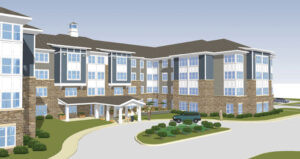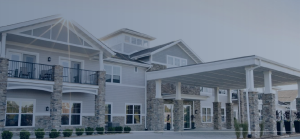In the dynamic landscape of real estate, Senior Housing property owners are not exempt from the financial hurdles that may arise, particularly in the face of loan defaults. However, amidst these challenges lie multiple avenues for financial restructuring and stabilization. It is imperative to seek proficient advice to navigate through these alternatives effectively.
Recent discourse in the media regarding defaults, foreclosures, and significant financial transactions underscores the urgency for proactive financial management. These developments are reflective of the broader economic context characterized by heightened interest rates and subdued property valuations.
The maturation of numerous senior housing loans beckons a pertinent question for property owners: What steps can be taken to mitigate financial distress? Proactivity is key; addressing potential real estate defaults at an early stage preserves a wider range of solutions. The spectrum of remedies diminishes as the default date looms closer, whether the challenge at hand is a covenant default or a payment default.
Available Options:
- Discounted Payoff (DPO): A DPO agreement facilitates a repayment structure where the loan is settled for a sum less than the outstanding balance. This can be a viable solution for those struggling with loan payments, especially if there’s equity in the property. It’s prudent to note that a DPO may have tax implications, hence a consultation with a tax advisor is advisable before proceeding.
- Loan Restructuring: Restructuring encompasses various strategies such as extending the loan term, partitioning the loan based on current and future property performance, or negotiating new payment terms. In this scenario, property owners often inject additional equity to realign the loan to value (LTV) ratio and fulfill ongoing business obligations.
- Refinancing: Refinancing can be a sound choice, although the current economic climate may pose some challenges like depreciated property values or the search for a willing lender. Exploring unconventional lending avenues such as private lending could unveil promising opportunities.
- Sale/Short Sale: Selling the property to repay the loan is an option if there’s equity. In instances where the property value is less than the loan amount, a short sale could be considered with the lender’s approval.
- Bankruptcy: While not a standalone solution, bankruptcy can provide a breathing space for negotiations to continue and for property owners to formulate a viable reorganization plan.
- Deed in Lieu: A deed in lieu of foreclosure is another alternative, particularly for those who have exhausted their equity and are struggling with loan payments.
The path towards financial stability amidst loan challenges is navigable with the right expertise and strategic approach. Engaging with adept real estate restructuring advisors found at Haven Senior Investments can elucidate the most suitable options tailored to your circumstances. Reach out to Haven Senior Investments today and embark on a journey towards achieving your financial objectives with informed, strategic guidance.







